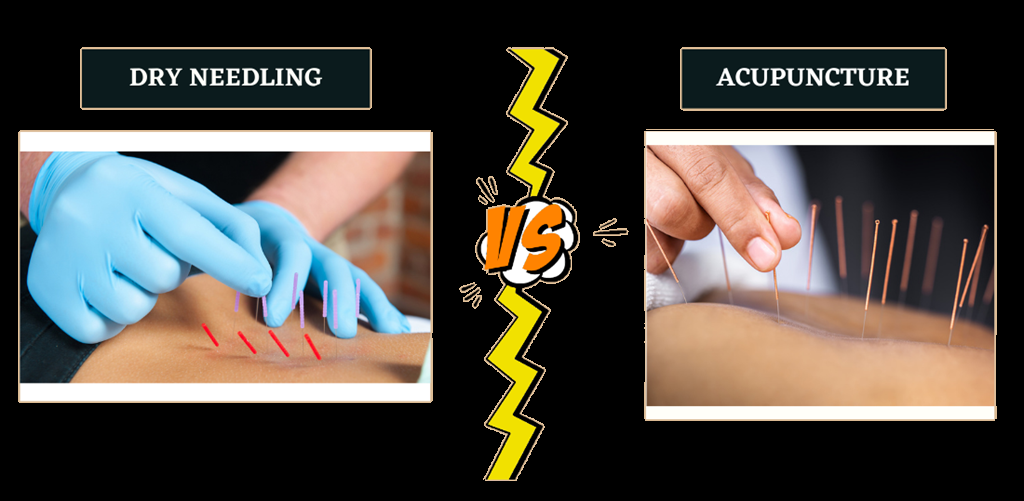Pain management has evolved over the years, offering various alternative therapies to traditional approaches. Two such practices, Dry Needling vs Acupuncture, have gained attention for their potential in alleviating pain. In this article, we will delve into the intricacies of these techniques, exploring their differences, benefits, and considerations to help you make an informed decision about which might be right for you.
Origins and History
Dry Needling
Originating in modern Western medicine, Dry Needling involves inserting thin needles directly into trigger points or tight bands within muscles. It draws inspiration from acupuncture but follows a distinct set of principles.
Acupuncture
Dating back thousands of years to ancient China, Acupuncture is a key component of traditional Chinese medicine. It is based on the concept of balancing the body’s vital energy, or “Qi,” by stimulating specific points along meridians with fine needles.
Key Differences
Techniques and Tools
Dry needling primarily focuses on relieving musculoskeletal pain and tension by inserting thin needles into specific trigger points. Acupuncturists, on the other hand, follow the principles of traditional Chinese medicine, targeting meridians to restore the flow of vital energy, known as qi. The tools and needling techniques employed in each practice vary, reflecting their distinct approaches to healing.
Philosophical Foundations
While dry needling adopts a Western medical perspective, pinpointing anatomical structures and trigger points, acupuncture aligns itself with ancient Eastern philosophies. Acupuncturists believe that the balance of yin and yang influences health, and inserting needles at specific points in the body can restore this balance.
Training and Certification
The training paths for practitioners differ significantly. Those practicing dry needling often have a background in physiotherapy or other Western medical fields. Acupuncturists, conversely, undergo training rooted in traditional Chinese medicine, requiring an understanding of meridian systems and the principles of energy flow. Certification processes reflect these distinctions.
Similarities
Use of Thin Needles
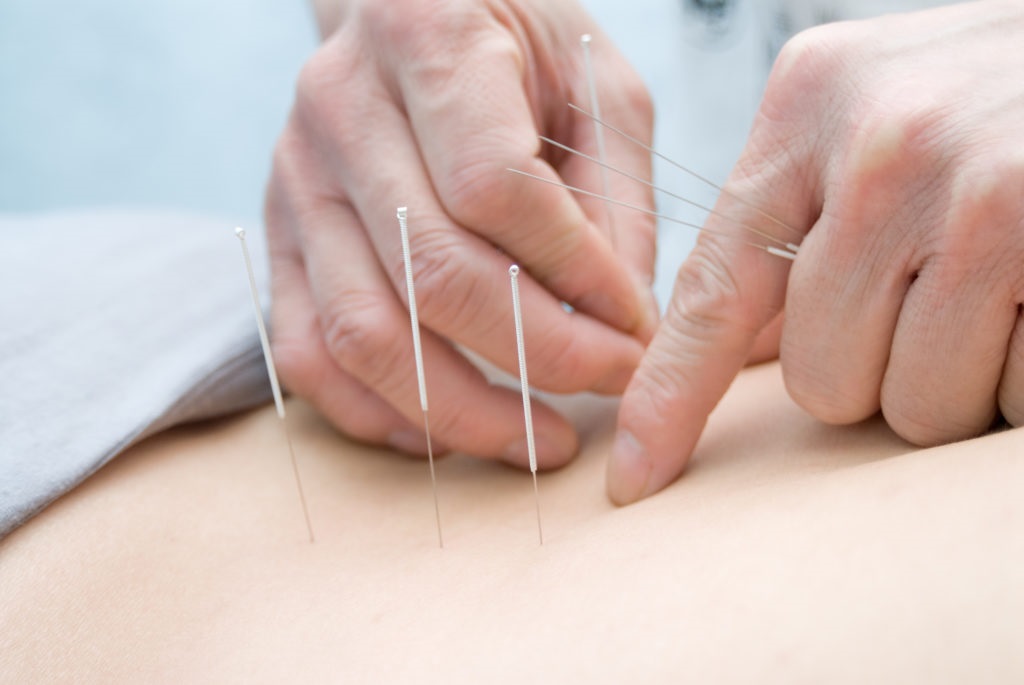
Despite their disparities, both dry needling and acupuncture involve the insertion of thin needles into the skin. The needles used in these therapies are hair-thin, minimizing discomfort during the procedure.
Holistic Approach to Health
Both practices share a holistic approach to health, recognizing the interconnectedness of the body and mind. They aim to address not just symptoms but the root causes of health issues, promoting overall well-being.
Conditions Treated
Musculoskeletal Issues
Dry needling excels in addressing muscle pain, tightness, and spasms, making it a popular choice for athletes and individuals with chronic musculoskeletal conditions. Acupuncture, meanwhile, has a broader scope, treating a range of conditions beyond the musculoskeletal system.
Pain Management
Both therapies have demonstrated efficacy in managing pain. Dry needling targets trigger points to alleviate localized pain, while acupuncture’s holistic approach can address chronic pain by rebalancing the body’s energy.
Other Therapeutic Applications
Beyond pain management, both dry needling and acupuncture are explored for their potential in treating various conditions such as migraines, insomnia, and digestive disorders.
Effectiveness
Scientific Evidence
Scientific studies support the effectiveness of both dry needling and acupuncture in certain applications. However, the body of evidence varies, with some conditions showing more conclusive results than others.
Patient Testimonials
Numerous individuals attest to the positive outcomes of both therapies, sharing stories of pain relief, improved mobility, and enhanced well-being. Personal experiences contribute to the growing popularity of these practices.
Safety Considerations
Risks Associated with Dry Needling
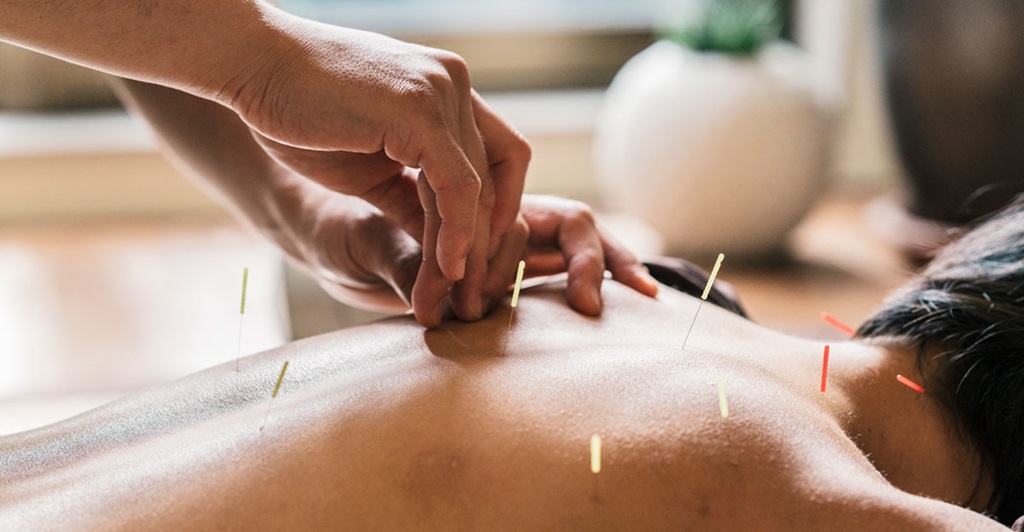
While generally safe, dry needling carries some risks, including bruising, soreness, and, in rare cases, infection. Practitioners must follow strict hygiene protocols to mitigate these risks.
Risks Associated with Acupuncture
Acupuncture, when performed by trained professionals, is considered safe. However, improper needle placement or unsterile equipment can lead to complications. Patients with bleeding disorders or those using blood thinners may face increased risk.
Popularity and Cultural Perceptions
Geographic Prevalence
Dry needling is more prevalent in Western countries, particularly among physiotherapists and sports medicine practitioners. Acupuncture enjoys a broader global presence, deeply rooted in Chinese and East Asian cultures for thousands of years.
Cultural Beliefs and Practices
Acupuncture is often intertwined with cultural beliefs about energy flow and balance. In contrast, dry needling is positioned as a modern medical intervention, less bound by traditional practices.
Choosing the Right Therapy
Consultation with Healthcare Professionals
Individuals considering either therapy should consult with healthcare professionals to determine the most suitable approach based on their specific health needs and conditions.
Personal Preferences
Choosing between dry needling and acupuncture may also depend on personal preferences. Some individuals may resonate with the philosophical foundations of acupuncture, while others may prefer the anatomically-focused approach of dry needling.
Case Studies
Real-life Examples of Successful Treatments
Exploring case studies can provide insights into the practical application of both therapies. Success stories highlight the effectiveness of tailored approaches in addressing diverse health issues.
Controversies and Debates
Criticisms of Both Practices
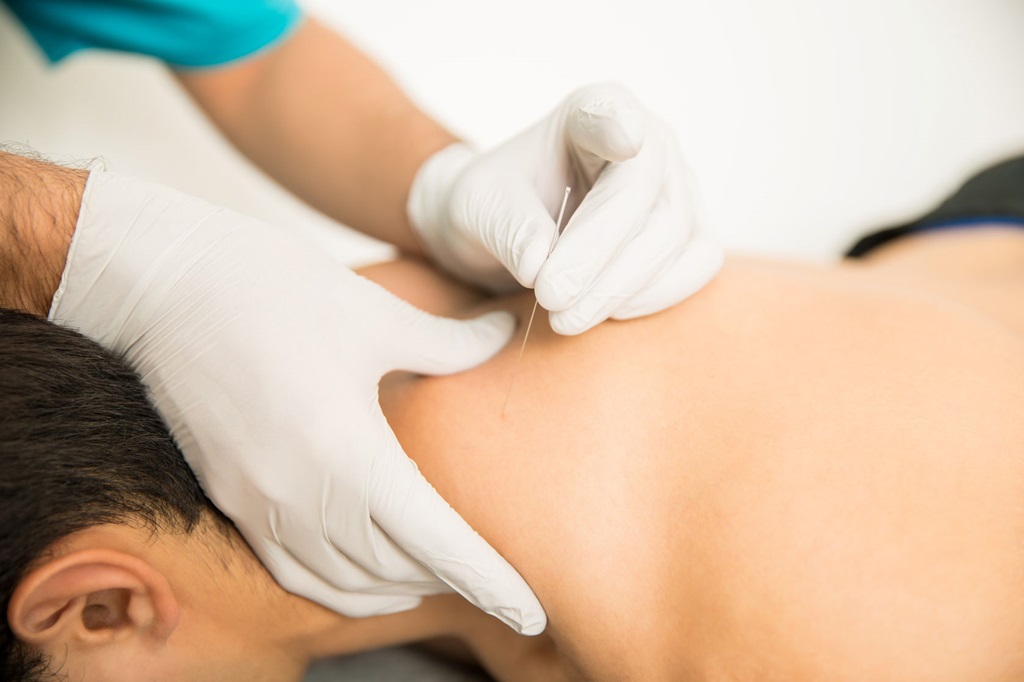
Despite their efficacy in certain cases, both dry needling and acupuncture face criticism. Skeptics argue that the benefits observed are often attributed to the placebo effect, challenging the legitimacy of these alternative therapies.
Responses from Practitioners
Practitioners, in response to criticisms, emphasize the importance of individualized treatment plans and highlight the positive outcomes witnessed in their practices.
Future Trends
Evolving Techniques
Both dry needling and acupuncture continue to evolve. Innovations in needling techniques, technology, and research methodologies contribute to the ongoing refinement of these therapeutic approaches.
Integrative Approaches
The future may witness increased integration of dry needling and acupuncture with conventional medical practices, creating comprehensive treatment plans that combine the strengths of both approaches.
Myths and Misconceptions
Clearing up common misconceptions about Dry Needling and Acupuncture is essential. Understanding the realities of these practices can contribute to more informed decision-making regarding pain management.
Choosing the Right Approach
When deciding between Dry Needling and Acupuncture, factors such as the nature of your condition, personal preferences, and the availability of qualified practitioners in your area should be considered. Consulting with healthcare professionals can provide valuable insights.
Cost Comparison
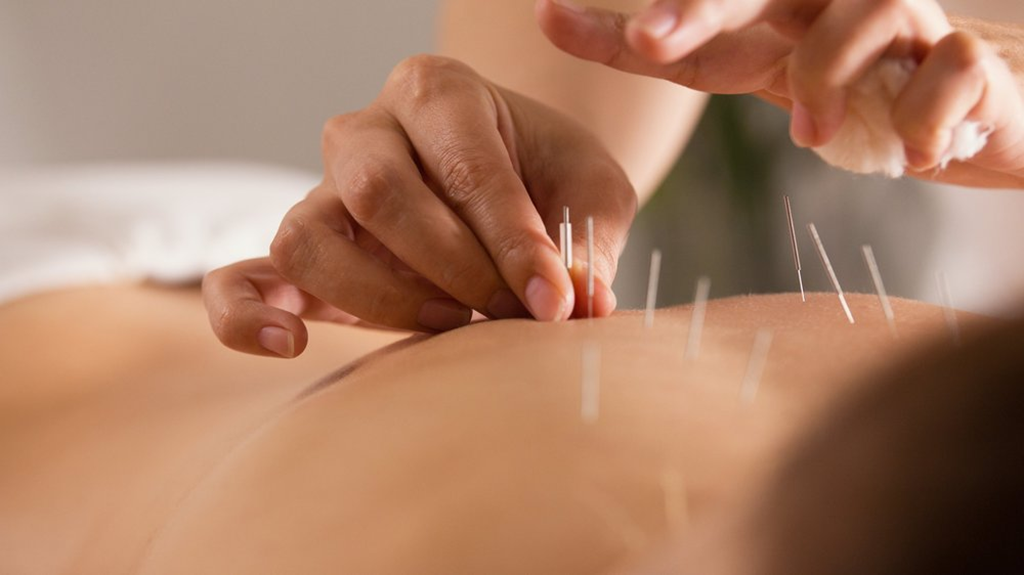
The cost of dry-needling sessions may vary depending on the practitioner’s expertise and location. Acupuncture costs can also vary, influenced by factors such as the practitioner’s experience, geographic location, and session duration.
Expert Opinions
Healthcare professionals often have differing opinions on the effectiveness of Dry Needling and Acupuncture. Some may recommend one over the other based on the patient’s specific condition and medical history.
Conclusion
In the realm of dry needling vs. acupuncture, understanding the nuances of each practice is crucial for individuals seeking alternative therapies. While both share commonalities in their use of thin needles and holistic approaches, their differences in philosophy, techniques, and cultural contexts make them distinct choices for various health conditions.
Frequently Asked Questions
-
Is dry needling the same as acupuncture?
- No, while both involve the use of thin needles, they differ in techniques, philosophies, and applications.
-
Which therapy is better for pain management?
- The choice depends on the nature of the pain and individual preferences. Both dry needling and acupuncture have shown effectiveness in pain relief.
-
Are there any risks associated with these therapies?
- While generally safe, both therapies carry minimal risks, such as bruising or soreness.
-
Can I choose either therapy based on personal beliefs?
- Yes, personal beliefs can influence the choice between dry needling and acupuncture.
-
Are these therapies covered by insurance?
- Coverage varies, and it’s advisable to check with insurance providers for details.
